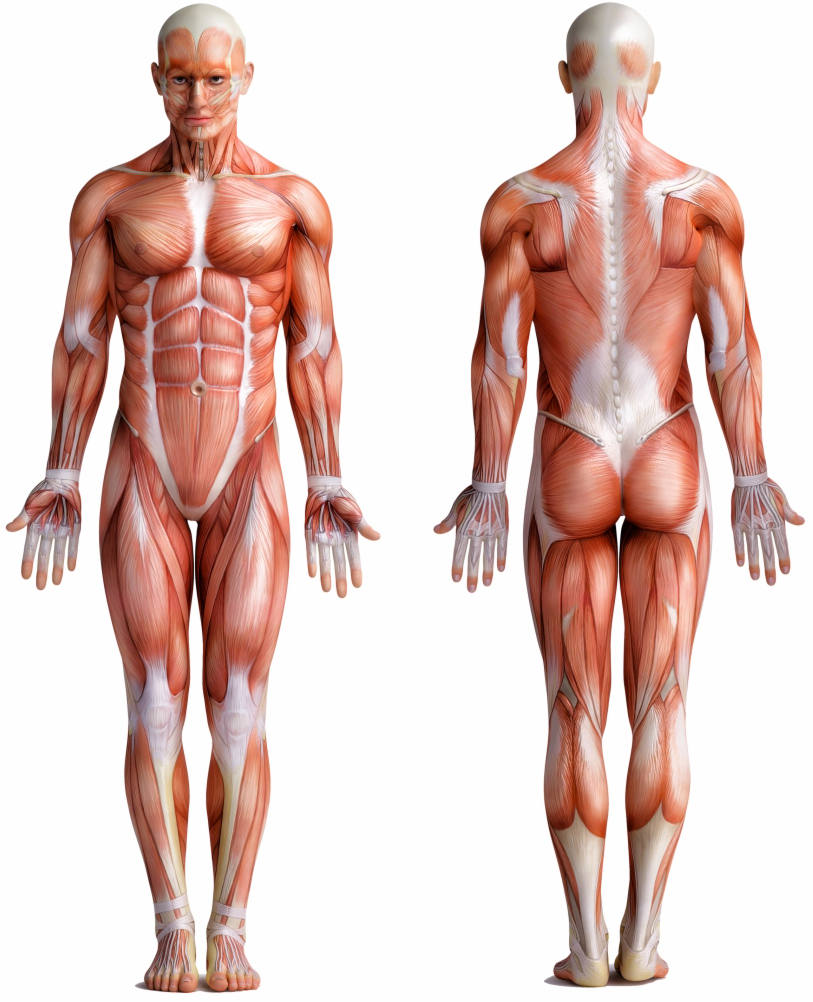-

-
About Us
- Our Vision
-
Personalized Care
Personalized Care Personalized Care Intro
Diagnostic Tests
- Digital X-Ray
- DynaROM
- 3D Body Scanning
- Gastrointentinal Health
- Organic Acids
- Comprehensive Stool Analysis
- Food Sensitivity
- Dietary Antigen Complete
- Endocrinology
- Thyroid Panel
- DUTCH Hormone Test
- Neurotransmitter Profile
- Adrenal Profile
- Nutritional Status
- Vitamin D
- Homocysteine
- Methylmalonic Acid
- Urine Iodine
- Organic Acids
- Copper Zinc Profile
- Essential Fatty Acid Profile
- RBC Metals & Minerals
- Toxic & Essential Elements
- RBC Elements
- Urine Toxic Metals
- Hair Metals & Minerals
- Urine Halides
Treatments
- Avacen Therapy
- Bioidentical Hormone Replacement Therapy (Anti-Aging)
- Chiropractic Care
- Electric Muscle & Nerve Stimulation
- Emsculpt Neo
- Emsella Treatment
- Erchonia Laser (Model EVRL)
- Exosomes
- Hair Restoration
- Headache & Migraine Treatment
- Hyaluronic Acid Injection
- Intersegmental Traction
- IV Nutrient Therapy
- Laser Lipo
- Massage Traction Chair
- PRP Facials
- PRP for Erectile Dysfunction
- PRP for Female Sexual Dysfunction
- PRP for Pain Relief
- PRP for Urinary Incontinence
- Semaglutide
- Shockwave Therapy for Cellulite & Skin Tightening
- Shockwave Therapy for Pain Relief
- Shockwave Therapy for Female Sexual Dysfunction
- Shockwave Therapy for Male Sexual Dysfunction
- Skin Rejuvenation
- Spinal Decompression
- TENS Unit
- Testosterone Replacement Therapy (TRT)
- Therapeutic Ultrasound
- Thyroid Care
- Trigger Point Therapy
- Durable Medical Equipment
- Ankle-foot Orthosis
- Cervical Rehab Coller
- Custom Foot Orthotics
- Lumbosacral Orthosis
- Osteoarthritis Knee Brace
- Wrist Brace
- FAQs
- Testimonials
- Pain Relief
- Weight Loss
-
Sexual Wellness
-
Anti-Aging
-
Resources
- Blog
- Video Library
- Store
-
Health Condition Library
Health Condition Library
- Ankle Osteoarthritis
- Bulging Spinal Disc
- Carpal Tunnel
- Cervical Degenerative Disc Disease
- Cervical Radiculopathy
- Elbow Bursitis
- Erectile Dysfunction
- Fatigue
- Female Hormone Imbalance
- Female Sexual Dysfunction
- Fibromyalgia
- Foot Arthritis
- Frozen Shoulder
- Golfer’s Elbow
- Hand Arthritis
- Headache
- Hip Bursitis
- Hip Osteoarthritis
- Hyperthyroidism
- Hypothyroidism
- Knee Bursitis
- Knee Osteoarthritis
- Low Testosterone
- Lumbar Degenerative Disc Disease
- Migraines
- Musculoskeletal Pain
- Obesity
- Osteoarthritis
- Plantar Fasciitis
- Plantar Fibroma
- Rotator Cuff Injury
- Sciatica Pain
- Shoulder Bursitis
- Shoulder Osteoarthritis
- Tennis Elbow
- Thoracic Degenerative Disc Disease
- Urinary Incontinence
- Weight Gain
- Wrist Arthritis
- Wrist Bursitis
- Contact
Understanding Cervical Radiculopathy
Alternate Names: Cervical radiculopathy is sometimes referred to as a herniated disc, slipped disc, or a pinched nerve in the neck. These terms are used interchangeably to describe the same condition.
Introduction:
Cervical radiculopathy, also known as a pinched nerve, is a condition that affects the nerves in the neck. It occurs when one of the nerve roots in the cervical spine becomes compressed or irritated, leading to pain, weakness, and numbness in the neck, shoulder, arm, or hand. In this comprehensive guide, we will delve into the various aspects of cervical radiculopathy, including its alternate names, symptoms, causes, and multiple treatment options.
Symptoms:
The symptoms of cervical radiculopathy can vary depending on the location and severity of the nerve compression. Common symptoms include neck pain, radiating pain down the arm, shoulder pain, muscle weakness, numbness or tingling in the affected area, and difficulty with fine motor skills. It is important to note that symptoms may worsen with certain movements or positions, such as tilting the head backward or turning it to the side.
Causes:
Cervical radiculopathy is primarily caused by degenerative changes in the cervical spine. These changes can include herniated discs, bone spurs, or narrowing of the spinal canal. Other factors that can contribute to the development of cervical radiculopathy include aging, trauma or injury to the neck, poor posture, and repetitive activities that strain the neck.
Treatment Options:
The treatment for cervical radiculopathy aims to relieve pain, reduce inflammation, and improve the function of the affected nerve. The specific treatment options may vary depending on the severity of the condition and individual patient factors. Non-surgical treatments often include rest, physical therapy, pain medications and the use of cervical collars or braces. In more severe cases, when conservative measures fail to provide relief, surgical intervention may be considered. Surgical options available include discectomy, laminectomy or spinal fusion.
Conclusion:
Cervical radiculopathy can significantly impact an individual’s quality of life, causing pain and limitations in daily activities. However, with proper understanding and timely intervention, the symptoms can be effectively managed. It is advisable to consult with a healthcare professional for a proper diagnosis and personalized treatment plan. By staying informed about cervical radiculopathy, individuals can make informed decisions about their health and take steps towards a pain-free life.








